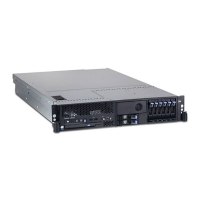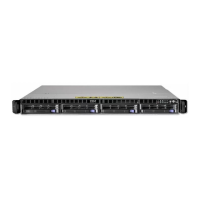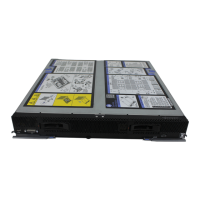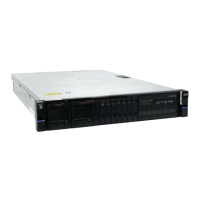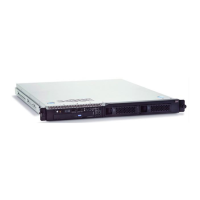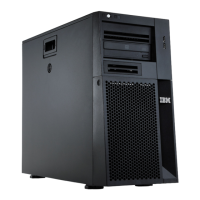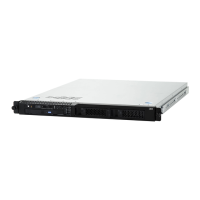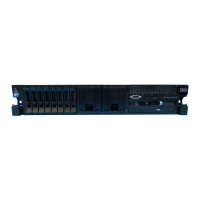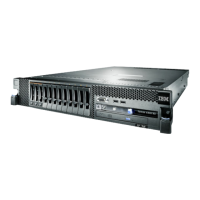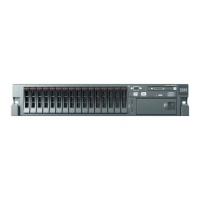IBM® Carrier Grade Server X3650 T
Revision 3.0
62
"SysCon Key Removal" policy
-->
<syscon:PolicyRule>
<syscon:PolicyCondition>
<syscon:PolicyConditionName>SysConKeyRemoval</syscon:PolicyConditionName>
</syscon:PolicyCondition>
<syscon:PolicyActions>
<syscon:PolicyAction>
<syscon:DoActionLogging>true</syscon:DoActionLogging>
<syscon:Actions>
<syscon:SysConAction>NoAction-ReportOnly</syscon:SysConAction>
<syscon:LogAction>LogUsingSEL</syscon:LogAction>
<syscon:LogAction>LogUsingSysLog</syscon:LogAction>
<syscon:AlertAction>AlertUsingSNMP</syscon:AlertAction>
<syscon:SysLogSeverity>INFO</syscon:SysLogSeverity>
<syscon:SELSeverity>Info</syscon:SELSeverity>
<syscon:SNMPSeverity>Info</syscon:SNMPSeverity>
</syscon:Actions>
</syscon:PolicyAction>
</syscon:PolicyActions>
</syscon:PolicyRule>
<!--
"SysCon Key Unmounted" policy
-->
<syscon:PolicyRule>
<syscon:PolicyCondition>
<syscon:PolicyConditionName>SysConKeyUnMnt</syscon:PolicyConditionName>
</syscon:PolicyCondition>
<syscon:PolicyActions>
<syscon:PolicyAction>
<syscon:DoActionLogging>true</syscon:DoActionLogging>
<syscon:Actions>
<syscon:SysConAction>NoAction-ReportOnly</syscon:SysConAction>
<syscon:LogAction>LogUsingSysLog</syscon:LogAction>
<syscon:SysLogSeverity>INFO</syscon:SysLogSeverity>
</syscon:Actions>
</syscon:PolicyAction>
</syscon:PolicyActions>
</syscon:PolicyRule>
<!--
"SysCon Key Mount Fail" policy
-->
<syscon:PolicyRule>
<syscon:PolicyCondition>
<syscon:PolicyConditionName>SysConKeyMntFail</syscon:PolicyConditionName>
</syscon:PolicyCondition>
<syscon:PolicyActions>
<syscon:PolicyAction>
<syscon:DoActionLogging>true</syscon:DoActionLogging>
<syscon:Actions>
<syscon:SysConAction>NoAction-ReportOnly</syscon:SysConAction>
<syscon:LogAction>LogUsingSysLog</syscon:LogAction>
<syscon:SysLogSeverity>ERR</syscon:SysLogSeverity>
</syscon:Actions>
</syscon:PolicyAction>
</syscon:PolicyActions>
</syscon:PolicyRule>
<!--
"SysCon Log" policy
